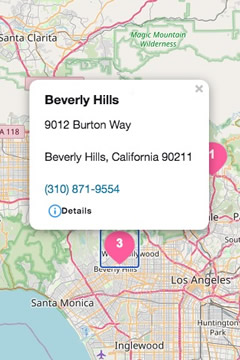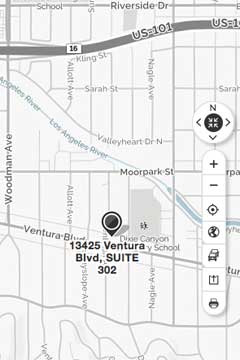Skid marks and fecal accidents can be a sign of constipation in children
Here’s what you can do about it.
Does your child have fecal accidents or skid marks in their underwear? This may be a sign of constipation.
Encopresis is fecal soiling associated with functional constipation in a child. The soiling often happens in the underwear, where the child loses whole pieces of formed bowel, liquid bowel, or has fecal staining on the underwear due to the inability to get clean when wiping. Constipation and encopresis are common problems in children. Encopresis is most common between ages 3 and 7 years.
Many children who have chronic constipation may actually have bowel movements daily, some even pooping 2-3 times a day. That’s because they are so backed up and they never fully empty. When you never fully empty, your child may have accidents like skid marks, the inability to get clean after a bowel movement, or fecal accidents (during the day or at night).
Your child is not alone in having fecal accidents. According to Olaru et al. (2016), up to about 84% of children with chronic functional constipation experience fecal accidents in the form of skid marks, difficulty getting clean while wiping, and fecal accidents.
Constipation can lead to other problems like bedwetting and pelvic floor dysfunction
A lot of children who wet the bed do so because their bladders are getting squished by their backed up colons. children who don’t get treatment for their constipation may develop pelvic floor issues that can persist into adulthood. This is because they may start falling into muscle holding patterns that cause dysfunction in their pelvic floor muscles as well as a child’s feeling of fullness and urge to urinate and have a bowel movement may become altered. This means that childhood constipation problems may lead to adult constipation and other pelvic floor issues.
What are the Symptoms of Constipation?
Typically, two or more symptoms of the following:
- Fewer than 3 bowel movements per week
- Bleeding or pain with bowel movements
- Straining to pass BM (holding breath, face turns read, can’t talk and push at the same time)
- Extra large bowel movements: larger than ¾” x 6”
- Hard or lumpy stools
- Feeling like you didn’t fully evacuate
- Skid marks or itchy anus
- Sensation of blockage at the level of the anus and rectum
- The need to use fingers or other manual maneuvers to have a bowel movement
- Abdominal pain
- Stools that are so large they plug the toilet
- Lack of appetite
- Urinary incontinence (leakage) or increased frequency
- Fecal leakage (liquid stool moves around the impacted stool)
- Acid Reflux
- Toilet training regression
- Anxiety or fear about using the toilet
How does childhood constipation lead to pelvic floor issues?
Constant straining with bowel movements will cause the muscles of the pelvic floor to spasm or become weak. If your child’s constipation triggers pelvic floor weakness or spasm, these muscle holding patterns can stay around as they get older, and for some, these issues persist into adulthood.
Read more on the basics of constipation on Femina's Blog (our female-based services website).
I think my kid has constipation, what do I do now?
If you think your child may have constipation, let your pediatrician know or get a referral to a pediatric gastroenterologist. These doctors can help rule out other serious causes of constipation that may require medical attention.
If the doctors believe that the constipation is functional, meaning it has more to do with habits and muscle control, that is when pelvic floor physical therapy can help.
How Pelvic Floor Physical Therapy Can Help
The therapists at Fusion Wellness and Physical Therapy/Femina can help your kid get past constipation issues, as well as urinary/fecal accidents that lead to skid marks and more.
Our pediatric protocol is minimally invasive and involves a lot of patient and parent education. We typically do not do internal examinations or interventions until all external options have been exhausted.
Treatments You Can Expect with Pediatric Pelvic Floor Physical Therapy
Behavioral Modification
- We will teach both child and parent about healthy toileting habits, including diet, scheduling, and body mechanics (yes, there is a RIGHT way to poop and a WRONG way to poop).
Therapeutic Exercises
- We will teach your child a variety of exercises to strengthen and stretch the pelvic floor muscles so they can feel confident in their ability to control both bowel and bladder issues to reduce skid marks and underwear stains.
Neuromuscular Re-Education
- We will help your child’s brain and muscles coordinate correctly so that you are actually relaxing your muscles when you think you are relaxing them.
- 40% of people with constipation have a muscle coordination issue where they are actually squeezing their pelvic floor muscles when they think they are relaxing them. This issue is called dyssynergic defecation, read more about it at the Femina Blog.
Toileting ergonomics
- Believe it or not, there is a right way and a wrong way to sit on the toilet during a bowel movement to reduce embarrassing skid marks! Our therapists have kid friendly ways of teaching the skills of successful pooping that your child will have for the rest of their lives.
Relaxation and Breathing Exercises
- In order to have a bowel movement, the body must relax the anal sphincters and pelvic floor muscles. At the same time, the body must create enough over pressure to help facilitate the evacuation. Using breathing and relaxation exercises, we will teach your kid how to master these techniques.
Abdominal massage
- Taught to parents and child, specific tummy massage techniques will facilitate bowel movements.
Myofascial Release
- Using manual therapy to address abdominal and pelvic girdle muscles that can be tight or in spasm, causing a decreased ability for them to function appropriately.
The ultimate goal is to help the child to be able to fully relax the pelvic floor and have a complete bowel movement without strain or pain.
If your child is suffering from encoporesis, skid marks, poop accidents, and/or constipation, give the therapists at Fusion Wellness and Physical Therapy a call today!
Resources
Olaru C, Diaconescu S, Trandafir L, et al. Chronic Functional Constipation and Encopresis in Children in Relationship with the Psychosocial Environment. Gastroenterol Res Pract. 2016;2016:7828576. doi:10.1155/2016/7828576
Patel DR, Pratt HD. Encopresis. Indian J Pediatr. 1999;66(3):439-446. doi:10.1007/BF02845538
Loening-Baucke, V. (1996). ENCOPRESIS AND SOILING. Pediatric Clinics of North America, 43(1), 279–298. doi:10.1016/s0031-3955(05)70406-5
Caperell, K., Pitetti, R., & Cross, K. P. (2013). Race and acute abdominal pain in a pediatric emergency department. Pediatrics, 131, 1098-1106.
Mugie, S. M., Benninga, M. A., & Di Lorenzo, C. (2011). Epidemiology of constipation in children and adults: A systematic review. Best Practice & Research. Clinical Gastroenterology, 25, 3-18.
Philichi, L. (2018). Management of Childhood Functional Constipation—Continuing Education Posttest. Journal of Pediatric Health Care, Volume 32, Issue 1, January–February 2018, Pages 112-113 https://www.sciencedirect.com/science/article/pii/S0891524517301311
Rajindrajith S, Devanarayana NM, Crispus Perera BJ, Benninga MA. Childhood constipation as an emerging public health problem. World J Gastroenterol. 2016;22(30):6864-75 https://www.ncbi.nlm.nih.gov/pmc/articles/PMC4974585/
Xinias I, Mavroudi A. Constipation in Childhood. An update on evaluation and management. Hippokratia. 2015;19(1):11-https://www.ncbi.nlm.nih.gov/pubmed/26435640
**This information on skid marks is for educational purposes only and is not intended to replace the advice of your doctor.**
**Additional edits and notes by Heather Jeffcoat, DPT.



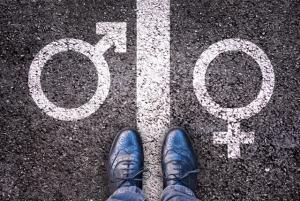
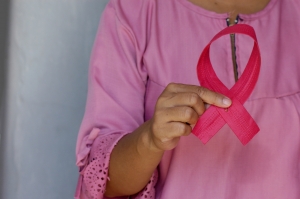
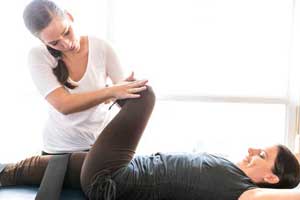
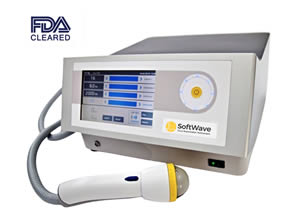



















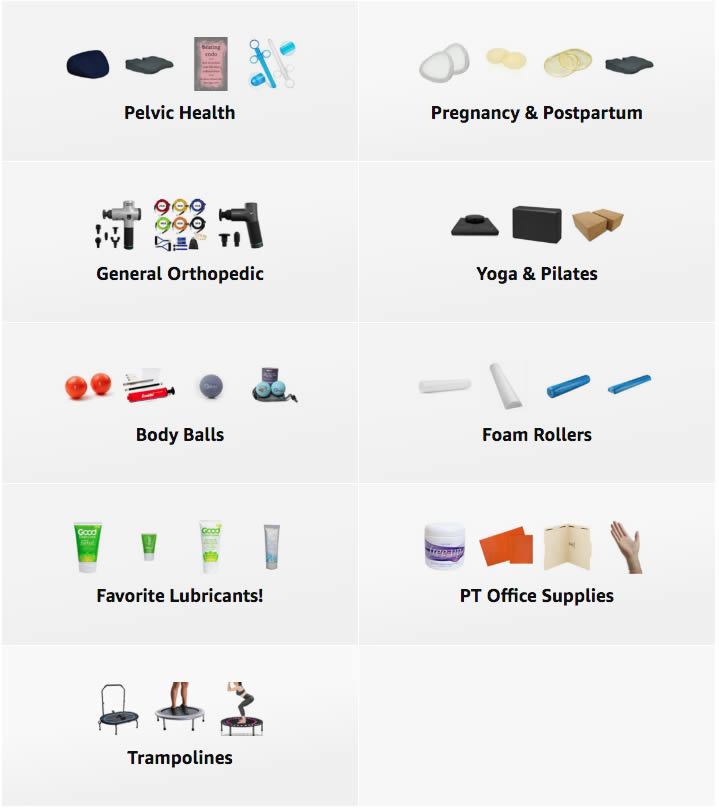 A Curated List of Excellent Items at Amazon
A Curated List of Excellent Items at Amazon

